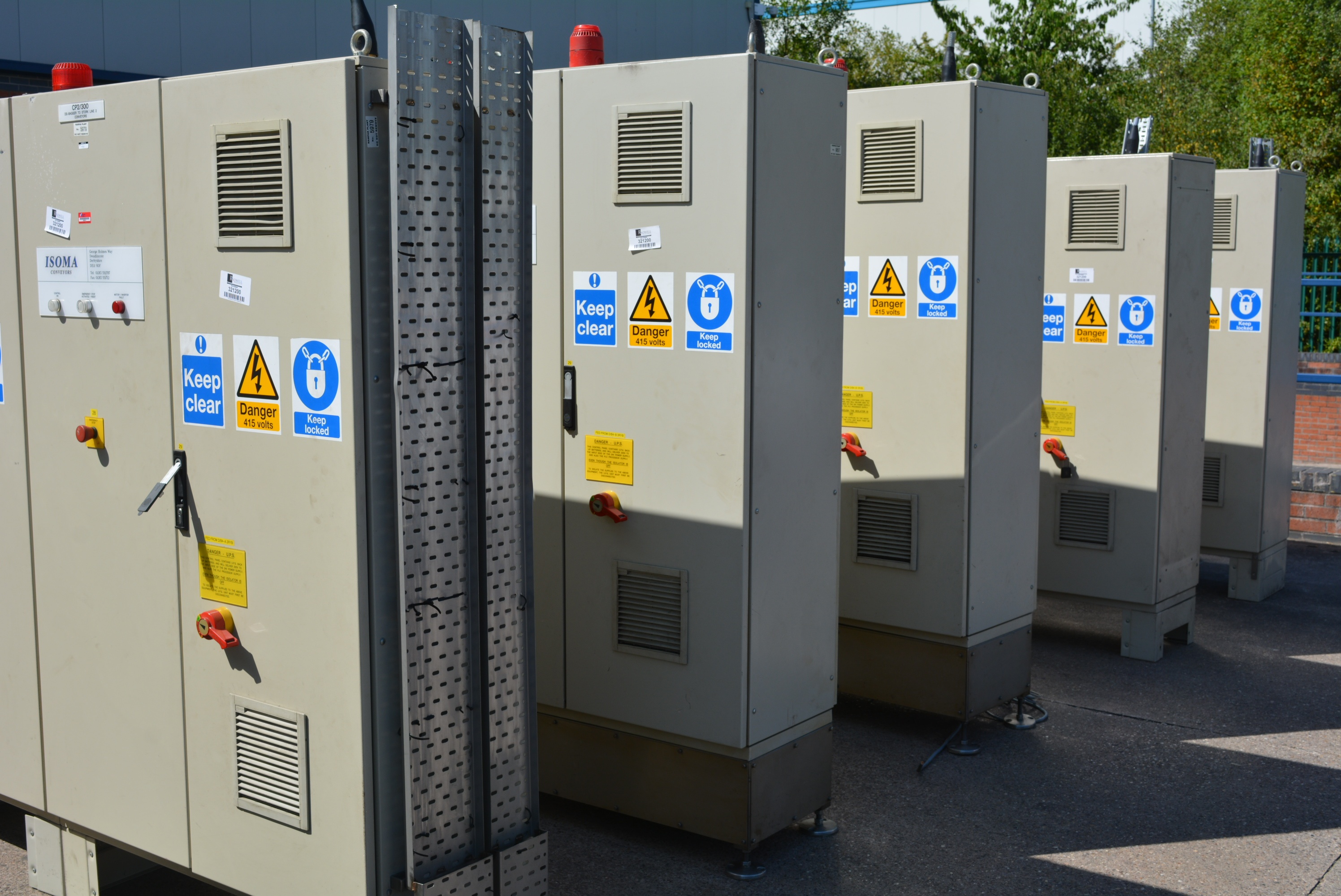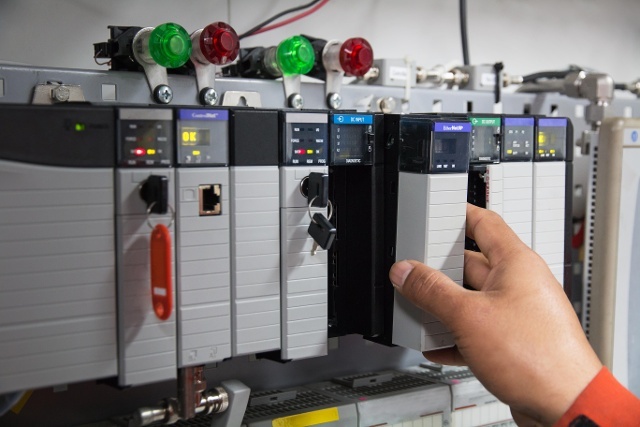In practice, the product life cycle of a technical system is often longer than the availability of spare parts. Every day, manufacturers worldwide are discontinuing products, so your End of Life is announced. This affects not only the plant manufacturer but largely the operator of the plant. The default risk for a defective component within the system increases. However, a few years ago, while common practice was to stock critical components, warehousing was crowded out of warehousing costs, tied-up capital, and just-in-time inventory availability.
.jpg)
From a business point of view, this displacement was a strategic decision when the equipment was rebuilt and the manufacturer had a long-term commitment to spare parts. However, if the existing facilities are already of an older vintage, this economic decision must be reconsidered. It has to be weighed between downtime = downtime / downtime costs vs. warehousing & spare parts costs. Followed by the question about which sources obsolete articles can still be obtained. You should also consider options such as repairs as well as technically proven used items or disregard them. This process is classically attributed to reactive obsolescence management.
The OM is divided into 3 levels:
Reactive OM
Proactive OM
Strategic OM


Preventive obsolescence management, unlike reactive OM, deals with the analysis of individual components within each technical facility. Critical components are monitored based on your product life cycle. This allows an early response to possible obsolescence cases. Maintenance can write off critical components, assemblies and components early for stockpiling or deal with retrofitting the equipment. From a business point of view, costs can be reduced through early storage, since longer downtimes are avoided. However, investment plans can also be generated to upgrade or disassemble individual machines. Proactive OM does not necessarily have to be in-house. It can be outsourced to external service providers who take over this monitoring process. Radwell International offers you an analysis of your manufacturing floor.
.jpg)
The principle aim of Obsolescence Management is to avoid the costly resolutions when an obsolescence issue occurs. Careful planning can minimise the impact of obsolescence and its potentially high costs.
Radwell can take control of your obsolete equipment. A Radwell engineer will undertake a full assessment of your obsolete parts and produce an extensive review of your electronic equipment. We’ll deliver our results back to you with detailed reports and determine a strategy in order to minimise cost.

800.884.5500
855.752.9393
+44 1782 576800
+49 2151 4475100